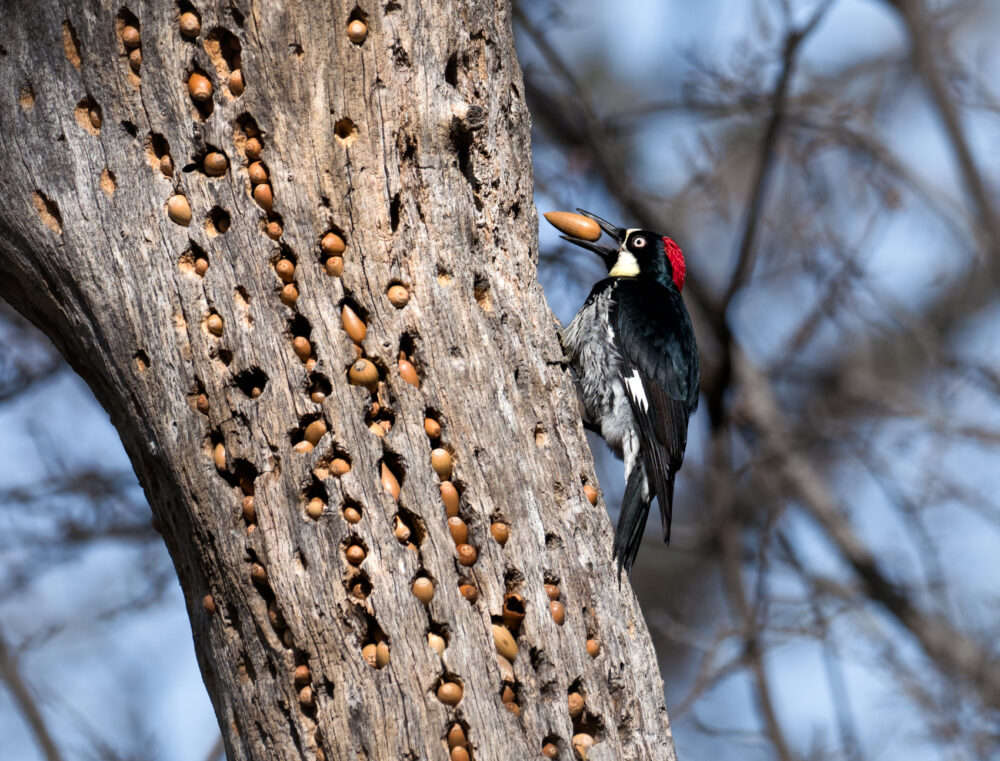We have much more to do and your continued support is needed now more than ever.
Make Your Deck Into A Wildlife Oasis: Three Simple Steps.
 Do you live in an urban area or apartment complex? Is there a limit to how much green space there is at your home? No worries. With a little confidence and a few simple steps, you can make your own wildlife-friendly oasis a “mini-habitat” for wild creatures. This is a perfect thing to consider during Garden for Wildlife Month.
Do you live in an urban area or apartment complex? Is there a limit to how much green space there is at your home? No worries. With a little confidence and a few simple steps, you can make your own wildlife-friendly oasis a “mini-habitat” for wild creatures. This is a perfect thing to consider during Garden for Wildlife Month.
It is always pleasantly surprising to see the wide range of birds, butterflies and other creatures who will find refuge, food and water on a properly equipped deck or patio. That is very good news for people who love wildlife, enjoy a little gardening and don’t have much room for even a small backyard habitat.
Here are three steps that will convert your deck or patio into an effective wildlife haven.
1. Set up a bird feeder to provide food:
For starters, you will need to provide some food and a good place to start is with a bird feeder. There are some terrific bird feeders that are specifically designed for a balcony, deck or patio railing. Even a bird feeder you might find in a larger yard can be hung on a special deck-designed hook that you can purchase at most bird and garden supply stores. National Wildlife Federation offers a wide range of bird feeders online. In addition to a feeder that holds seeds you can also hang a suet feeder even a nectar or hummingbird feeder. Here is an NWF guide to help you learn more about bird feeding.
 2. Provide water:
2. Provide water:
There are a number of ways to provide water for birds and other creatures right on your deck. Water is a crucial ingredient for any wild creature who may visit. For the confined area of a deck or patio there are special deck-mounted bird baths you can purchase and there are watering containers you can hang. Hummingbird feeders filled with juicy nectar are another favorite.
3. Incorporate flowers, shrubs, herbs and trees:
Wild creatures such as birds and butterflies enjoy flowers, food plants and shrubs and small trees that provide safety and cover. Many of the most accomplished gardeners engage in “container gardening,” which is perfect for a deck or patio. Container gardening involves placing your plants in pots and other plant-growing vessels rather than in the ground. Containers can be free-standing or set in hanging racks or baskets. Containers are available in many sizes, shapes, and materials including: clay, plastic, ceramic or wood and can be purchased at garden supply stores and many major chain markets. Drainage is important. Each container needs an adequate number of holes in the bottom so water does not sit inside. Additional holes can be drilled into containers need to drain more quickly after a watering. The container’s size will be determined by the plant selected. Generally, most plants grown in the soil can be grown in containers as long as ample space is provided for them to develop roots. Think of a range of different types of sun loving plants including: flowers, vines, shrubs and small (pot sized) trees and even some herbs. Native plants are good and National Wildlife Federation’s partner, American Beauties, has a terrific online native plant finder to help you.
A small-scale wildlife oasis on your deck or patio can make a huge difference to local birds, migrating butterfly species and hundreds of other creatures each year. In wildlife conservation, good things really can come in small packages! And a small, but natural, space may qualify your home or apartment to as an NWF Certified Wildlife Habitat.




















